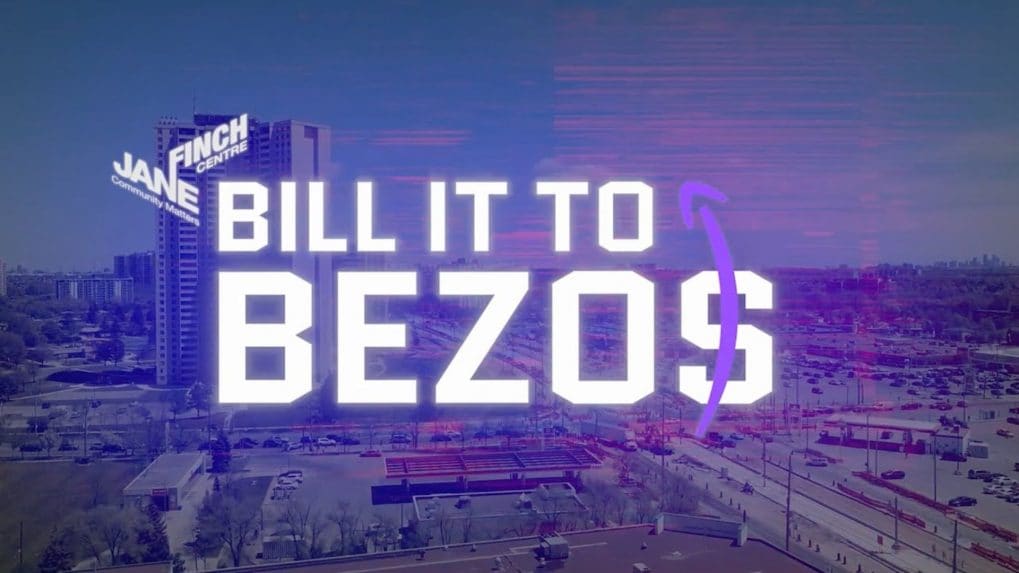Brand Makers
Dil Ka Jod Hai, Tootega Nahin

Charity campaigns often risk falling into the same tired playbook - heart0-tugging appeals, donation links, and the hope that people feel generous enough to chip in.
But the Jane/Finch Community Centre (FJC) in Canada rewrote the rules. In a bold move that felt part Robin Hood, part gamer culture hack, the neighbourhood hub became a Twitch streamer and asked for donations that didn't cost supporters a dime.
Also Read: Global Ads Spotlight: Dreamcasting the game - Michelob Ultra's slam dunk for accessibility
The secret weapon? Amazon Prime.
Each Prime subscriber was entitled to a free monthly subscription worth $3.50. Most users never bothered to use it, meaning the money slipped right back into Amazon's pocket.
JFC simply invited people to "donate" by subscribing to its Twitch channel. The catch? The donation came straight out of Amazon's coffers, not the donor's bank account.
In other words, people were using Jeff Bezos' money to fund a grassroots community center - and they loved it.
Why it Mattered
With 86,000 registered charities competing for attention in Canada, cutting through the noise was a Herculean task.
On top of that, rising income inequality meant fewer people had spare change to give, even if they cared deeply about the cause. The JFC campaign cleverly turned that challenge into a cultural statement: if ordinary folks couldn't donate, why not let one of the world's richest men do it on their behalf?
It wasn't just about cash. Interviews with community members reinforced a narrative of resilience, adaptability, and collective problem-solving - the traits that defined the Jane/Finch area.
The Twitch campaign became a mirror of that spirit: finding a workaround, making the system bend in their favour, and doing it with a wink.
The Execution
The campaign launched with a cheeky video and social media push, directing viewers to JFC's Twitch hub and a campaign microsite. PR amplified the stunt, landing coverage in 31 national and international outlets.
Twitch livestreams mixed community content with calls to action, giving the whole project a sense of authenticity that most corporate charity drives lack.
The user journey was refreshingly simple. Supporters with Prime hit “subscribe,” and voilà - Amazon’s money flowed into JFC’s hands. No awkward credit card forms, no guilt-inducing donation asks, no pressure.
The Payoff
The numbers spoke for themselves:
- 46,000 hours of content viewed
- 3,000+ Twitch donations
- Entire annual fundraising goal met in under a week
- 45% of funds raised came directly through Twitch subscriptions
The story didn’t just trend locally; it went global, sparking conversations about how charities could leverage tech platforms in unexpected ways.
For JFC, it was more than a one-off win - it was proof that small, underfunded organisations could flip the power dynamic with creativity and cultural relevance.
Most charity ads plead for help. This one mocked the system, gamified giving, and made Jeff Bezos the unwitting donor of thousands. It was equal parts protest, performance, and fundraiser - a campaign that raised money and eyebrows in equal measure.
"The raucous, almost deafening, cuss words from the heartland that Piyush Pandey used with gay abandon turned things upside down in the old world order."
Read MoreFrom OpenAI’s ChatGPT-powered Atlas to Microsoft’s Copilot-enabled Edge, a new generation of AI-first browsers is transforming how people search, surf and interact online — and reshaping the future of digital advertising.